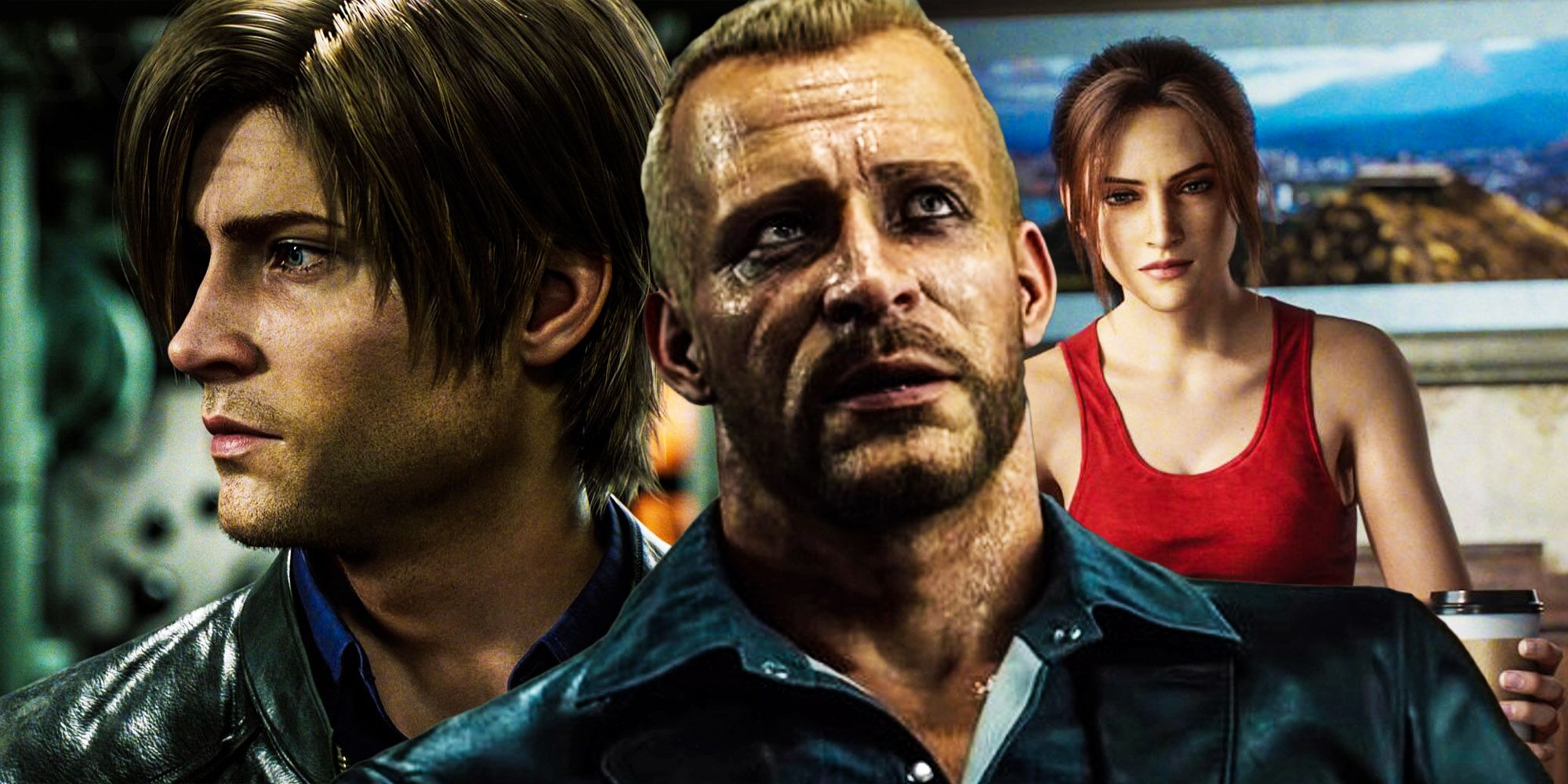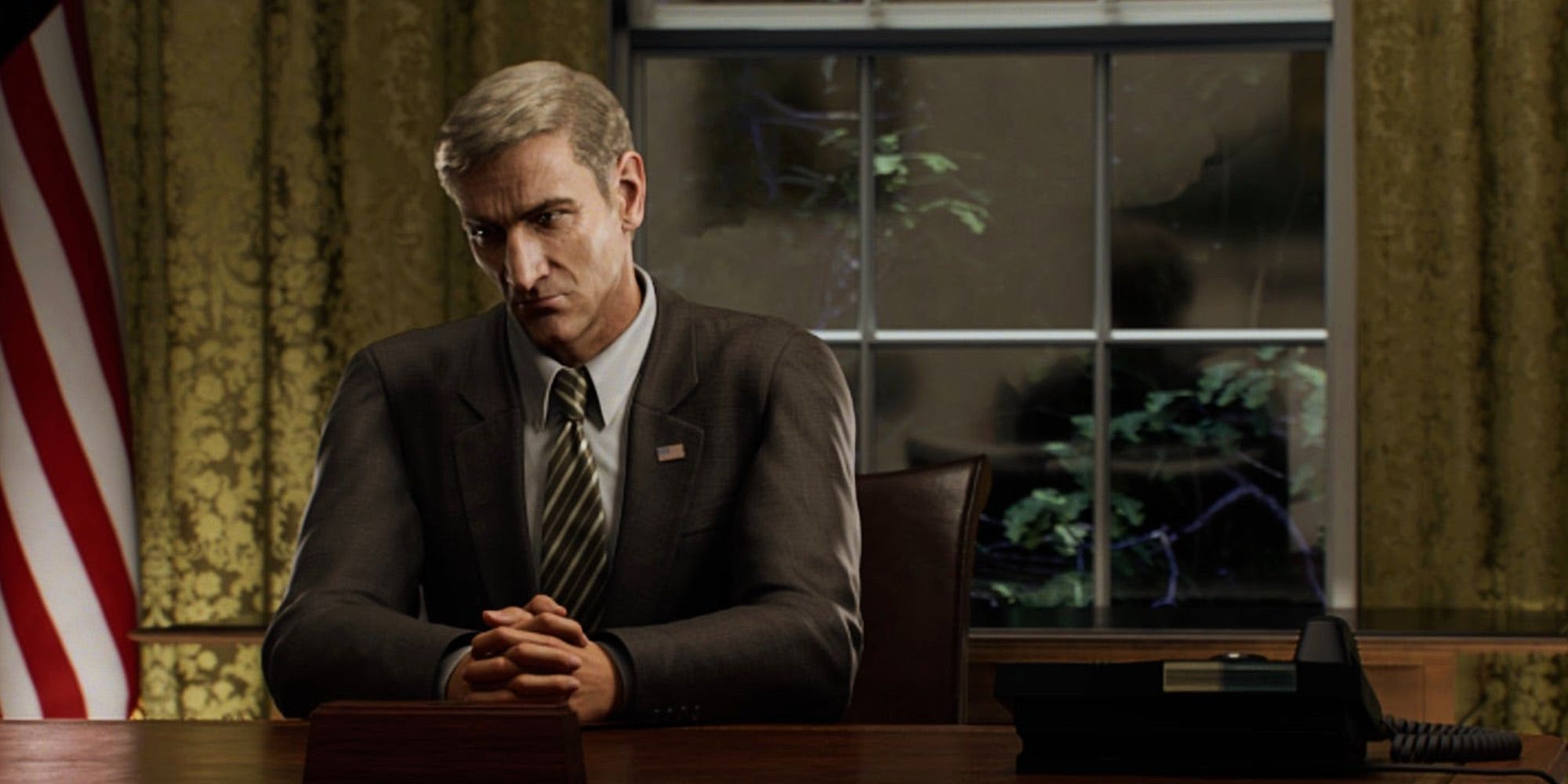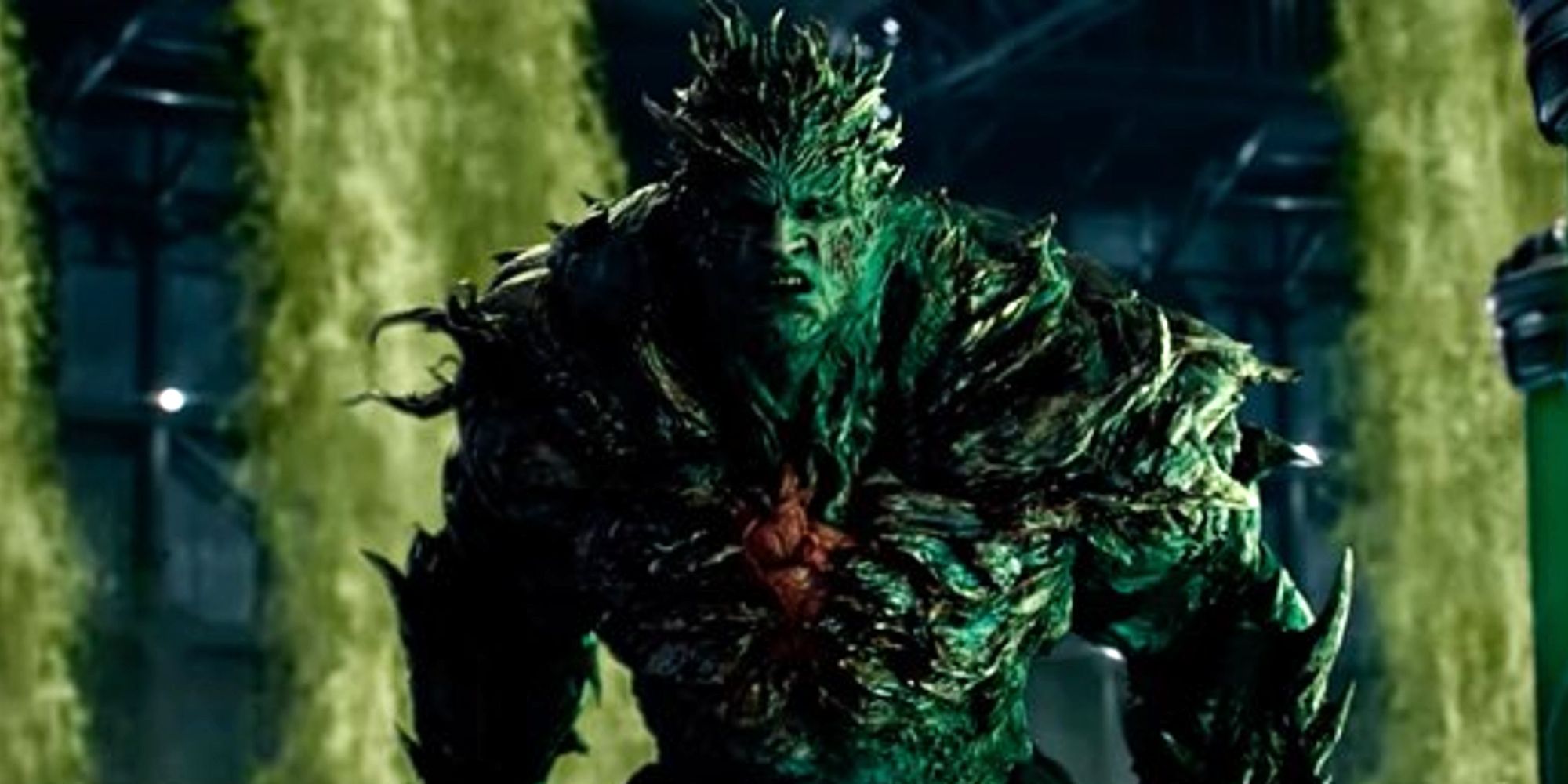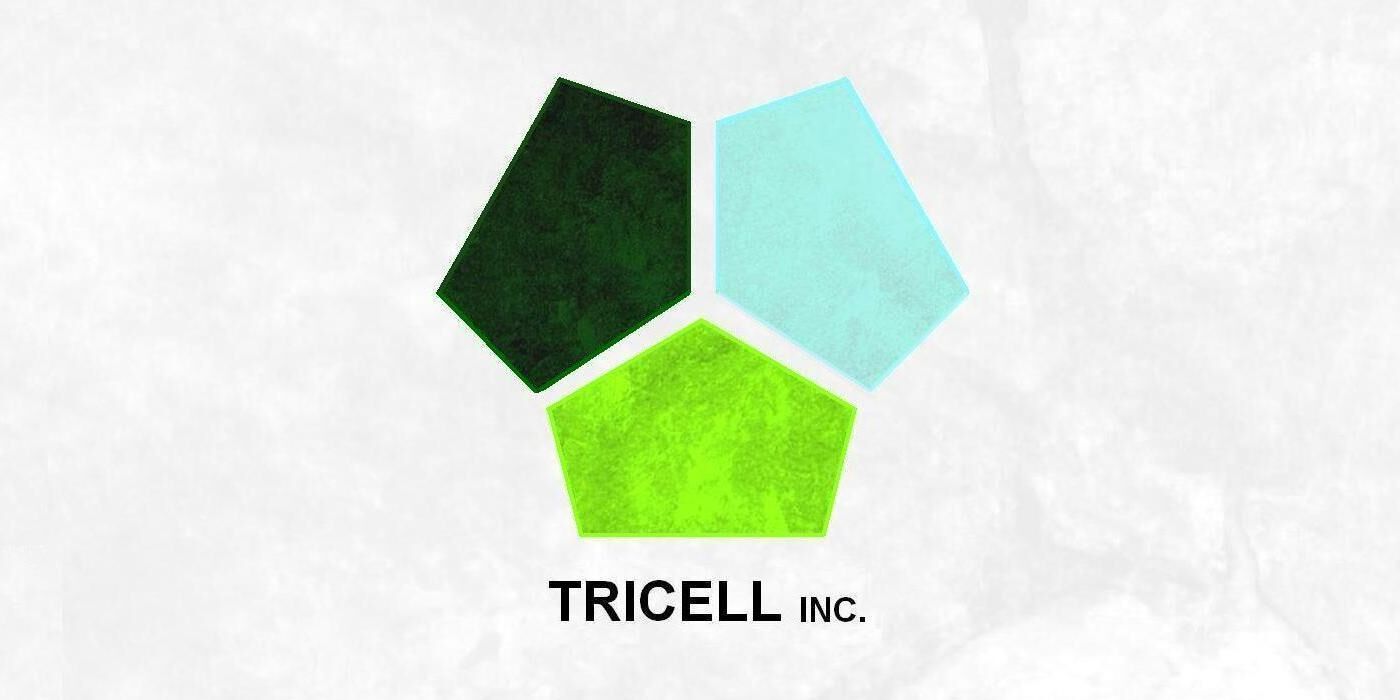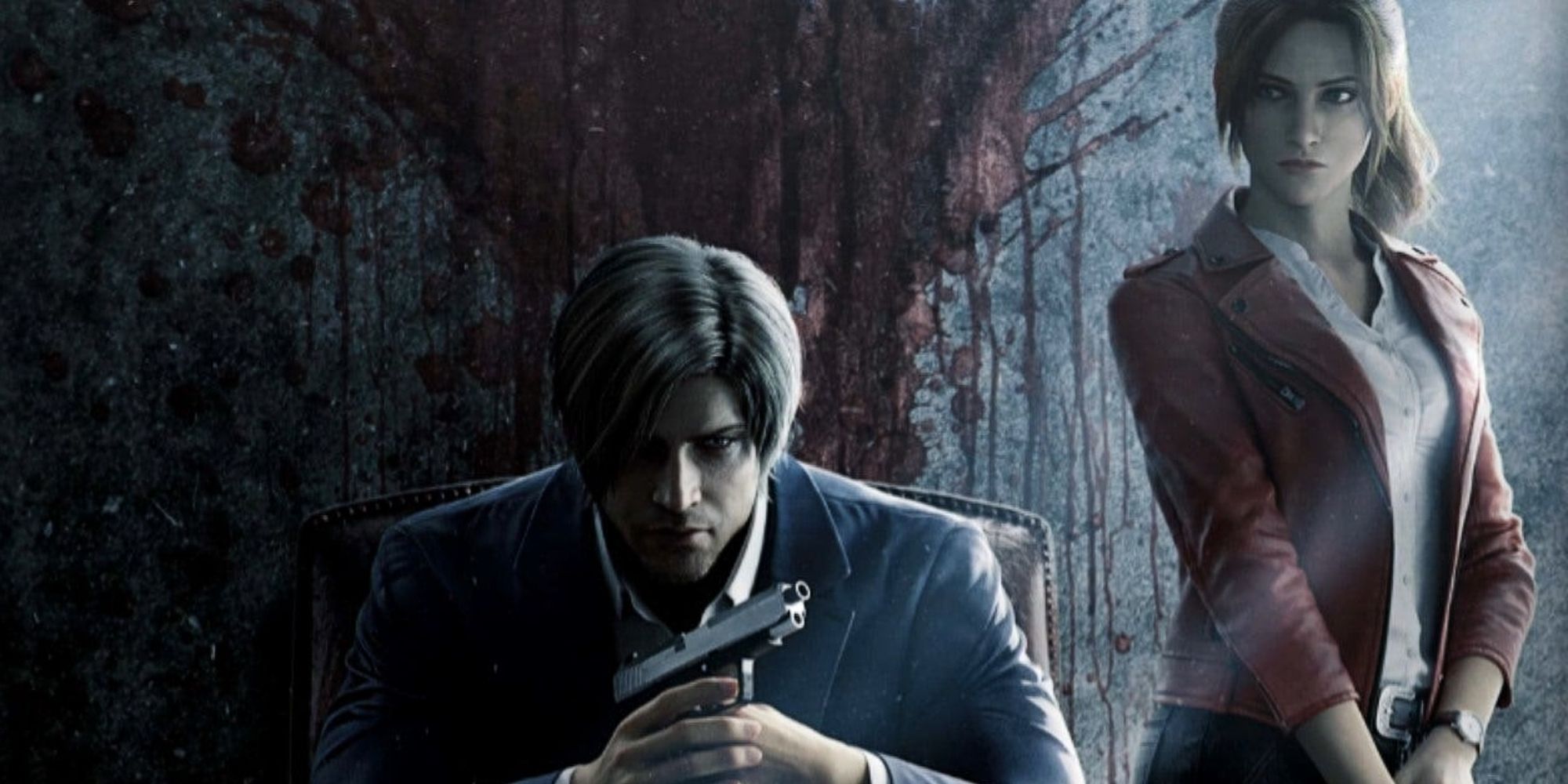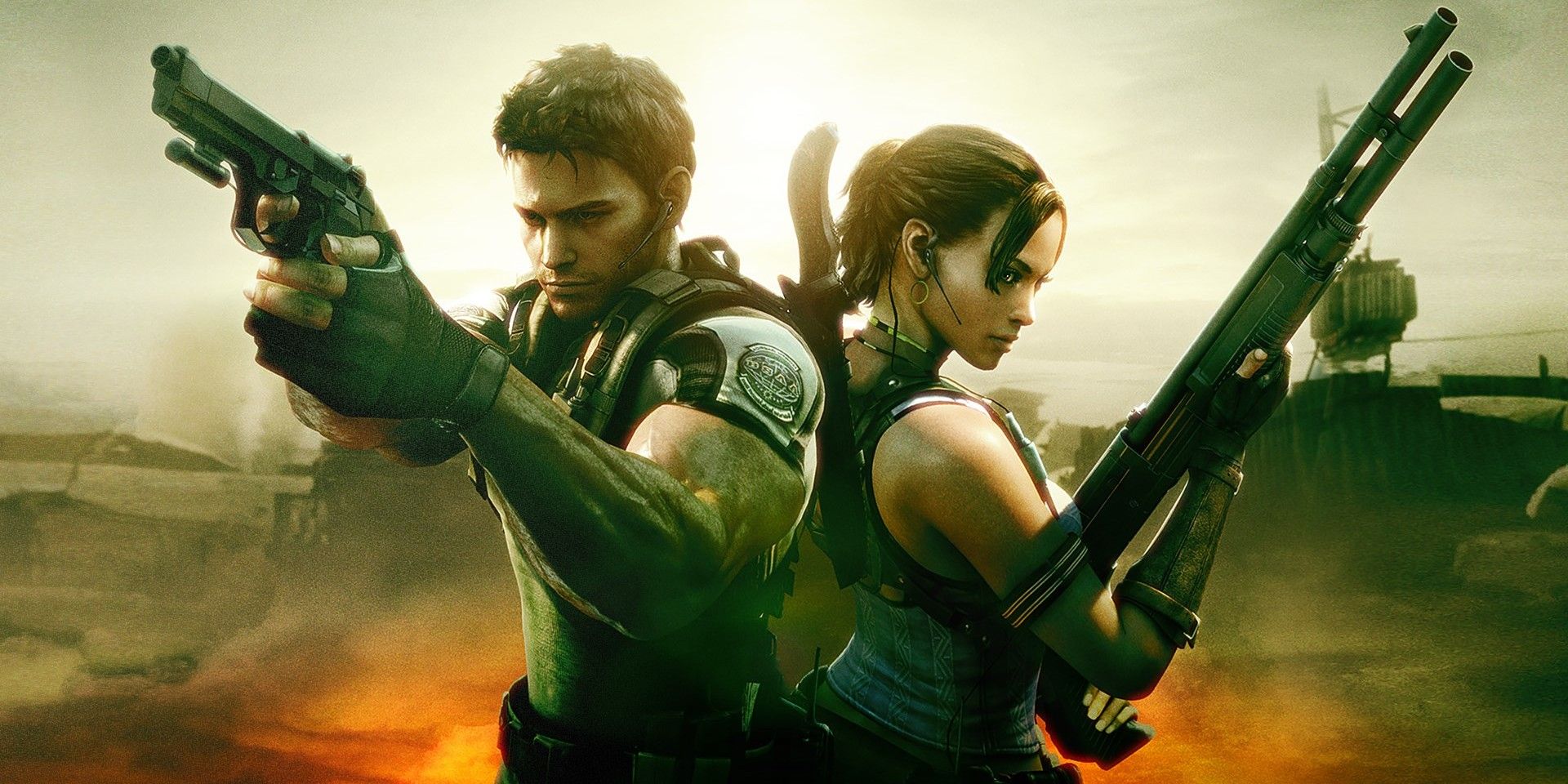Resident Evil: Infinite Darkness ending ties into other Resident Evil stories in some interesting ways, while the series as a whole has added some interesting new details to the lore of the popular video game franchise. Set in 2006, Infinite Darkness takes place between the events of Resident Evil 4 and Resident Evil 5. The series finale reveals some curious details about those games and how some of the franchise’s other bioweapon outbreaks came to be.
Structured more like a spy thriller than a zombie story, Resident Evil: Infinite Darkness follows series regulars Claire Redfield and Leon S. Kennedy as they uncover the twists and turns of a zombie conspiracy within the U.S. government. Gradually, the plot is revealed – Defense Secretary Wilson, formerly a high-ranking general, was using U.S. military efforts in the war-torn fictional country of Penamstan to test a new strain of bioweapons. That scheme ties into the modern-day storyline, where Wilson tries to frame China for a series of cyberattacks, all in the interest of creating regional chaos to sell the virus and the inhibitors that keep it at bay. Ultimately, of course, he’s stopped by Leon, Claire, and one of his own former soldiers, Jason.
As longtime Resident Evil fans might expect, the story of Infinite Darkness is a bit convoluted. Motivations and strategies are explained in faux-Shakespearean monologues about fear and terror, and number of new characters are introduced and then promptly killed. Still, a lot goes own at the end of Resident Evil: Infinite Darkness, with some curious ties to the games set afterwards.
Wilson's Plan & Penamstan Civil War Connection
Secretary Wilson’s evil plan is twofold in Infinite Darkness. The first part involves his extensive bioweapons experiments, which he tested out in secret during his days leading military efforts in the Penamstan Civil War. Wilson’s version of the T-Virus, which remains a mystery until the very end of the story, enhances soldiers injected with it by orders of magnitude. However, those infected must constantly inject themselves with the inhibitor compound, or else they’ll turn into one of Resident Evil’s many monstrous zombie creatures. As explained at the end of Infinite Darkness, Wilson hoped to use his bioweapons both to attain global political power, and to get rich by selling the compounds to third parties in the conflicts he’d create.
Creating those conflicts is the other piece of Wilson’s plan. In order to convince the president to resume a U.S. military occupation of Penamstan – something that would apparently spark a border war with China – Wilson frames the Chinese government for a series of cyberattacks and bioweapon attacks on the U.S. He hoped to create a serious conflict in Penamstan that would provide a market for his virus and inhibitors, making him rich and powerful in the process. In the end though, that plan is thwarted by Leon and Claire.
Jason's Tyrant Explained
In the climax of Resident Evil: Infinite Darkness, Jason finally breaks free of Wilson’s manipulative control, albeit in a violent and misguided way. Choosing to cease his inhibitor injections, Jason transforms into a Tyrant – the general name for the Progenitor Viruses’ strongest creations. Like some Tyrant variants from the video games, such as the one Albert Wesker turns into in Resident Evil 5, Jason retains his sense of self, intelligence, and ability to speak, though he appears to grow less human over time as the transformation sets in. His similarity to the Wesker Tyrant from RE 5 makes sense given Infinite Darkness’ closing twist that Wilson’s virus came from the Tricell organization.
Tricell Logo & Setup Explained
After escaping his encounter with the Tyrant Jason, Wilson manages to go into hiding and reconnect with his mysterious benefactors – the ones who first provided him with the tools to create his bioweapons. It’s revealed that Wilson himself has been infected, and that he is now dependent on the inhibitors as badly as his soldiers were. So, who’s behind Wilson’s virus strain? With the Umbrella Corporation out of the picture at this point in the timeline, it's none other than Tricell, a pharmaceutical organization that serves as a primary antagonist in Resident Evil 5. After joining forces with Albert Wesker, Tricell developed an even deadlier version of the T-Virus called the Uroboros Virus – an extension of the Umbrella Corporation’s work.
Given when Infinite Darkness is set in the Resident Evil timeline, it’s plausible that Wilson’s virus strain is a direct precursor to Uroboros – somewhere between the older variants of the T-Virus and the final Uroboros seen in Resident Evil 5. The Tricell twist also reveals that the organization had deeply entrenched, albeit secret political power years before the main Uroboros outbreak. If they were providing bioweapons to the U.S. Secretary of Defense, they may have been involved in a number of other dark plots while developing Wesker’s virus.
Why Leon Didn't Give Claire The Chip
Leon Kennedy and Claire Redfield go way back. They survived the Racoon City outbreak together, and they’ve crossed paths numerous times since. However, the end of Resident Evil: Infinite Darkness shows just how different their values actually are. After saving the president’s daughter in Resident Evil 4, Leon became one of the most famous and well-respected operatives in the U.S. that meant more top-secret missions, more rubbing shoulders with world leaders, and as Claire notes, more suits, and fewer leather jackets. Despite his better judgement, Leon owes his loyalty to the state in Infinite Darkness, which is why he refuses to give Claire the chip that could reveal Wilson’s conspiracy to the public.
With the chip, Claire would have been able to blow the entire U.S. bioweapons scheme wide open, prompting public investigations of the Department of Defense and possibly revealing Tricell’s involvement in the T-Virus strain. In the long run, knowing what happens later in the franchise, that might have saved a lot of lives. But just as he’s trapped in his suit, Leon is trapped by his obligations to the government – obligations that compel him to hold onto the chip and keep the truth buried from the public.
What Happens Next In Resident Evil's Timeline
Resident Evil: Infinite Darkness takes place in 2006, still a few years away from the events of Resident Evil 5. That span of time hasn’t been covered in too much detail canonically, though it seems likely that Capcom will continue fleshing it out in future Resident Evil projects. Broadly speaking, Claire remains with TerraSave and continues her humanitarian NGO, eventually having several more dangerous encounters with bioweapons and Wesker years later. Leon continues his work as a top-level government agent, chasing down bioterrorism and remnants of Umbrella. Eventually, another major outbreak occurs when Uroboros is unleashed on the fictional West African city of Kijuju, but neither Leon nor Claire is involved. For the next few years of the canon, the two characters continue doing the same kind of work they’re seen doing in Resident Evil: Infinite Darkness.

